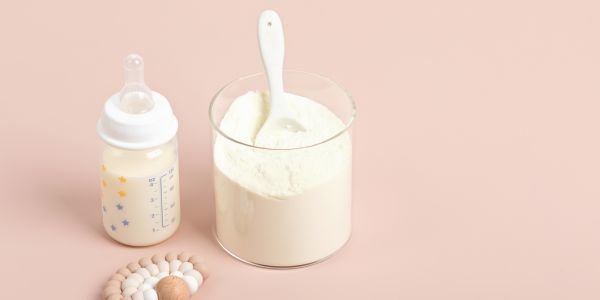

Have you ever noticed that some toys, watches and other gadgets need tiny little batteries that look like buttons?
These are ‘button’ batteries, also known as lithium batteries. They’re particularly common around Christmas time, when there are new toys, gadgets and gizmos around!
As parents, I’m sure we’re all aware that little children have a propensity to put anything and everything in their mouth, especially things that are eye-catching and easy to fit. This makes button batteries a prime candidate for chomping and even swallowing! This is so, so dangerous, we cannot emphasise strongly enough just how dangerous button batteries are to your little one.
The moisture of your child’s saliva, delicate lining of their insides and incredibly caustic properties of lithium means that if you suspect that your child has swallowed a button battery, you must seek emergency medical help immediately without hesitation. When stuck in the oesophagus (as often happens due to the side of them), they can actually burn through the oesophagus and windpipe, and even burn through the cartoid artery causing internal bleeding which is often fatal.
All of this sounds terrifying, but it’s the truth and the more parents aware, the better. If scans show that it has passed through to the lower digestive system, there may be less to worry about as button batteries are less likely to adhere to the lining of the ‘gut mucosa’. However, doctors will need to keep a close eye on your child to ensure that no damage is done.
How can I keep my child safe from button batteries?
The Child Safety Trust advises parents to keep spare and old lithium batteries well out of the reach of children; treat them as you’d treat bleach, cleaning fluids, knives etc. They also advise that parents act fast if it’s suspected that a child has swallowed a lithium battery as the sooner it is removed, the less damage will be done.
It’s also worth noting that they can cause burns when stuck up the nose and in ears, too – in fact, any orifice can become burned by these batteries.
The BBC has complied this video to highlight the dangers of button batteries.
*Warning – upsetting content*
We find that the battery and slice of ham experiment is pretty illustrative of what exactly happens when a button battery becomes lodged in the oesophagus. It isn’t nice to watch but it’s important awareness raising.
I think that my child has swallowed a button battery!
The NHS advises that if a parent or caregiver suspects button battery ingestion, you head straight to A&E.
If your child is vomiting blood or showing any very worrying symptoms please call 999 straight away and make it very clear that your child may have swallowed a lithium battery.
We hope that this helps to keep your little ones safe. If you’d like to share your own experience of this, please email in to [email protected]
Love from Katie & Team BBY. Xx


.png)







